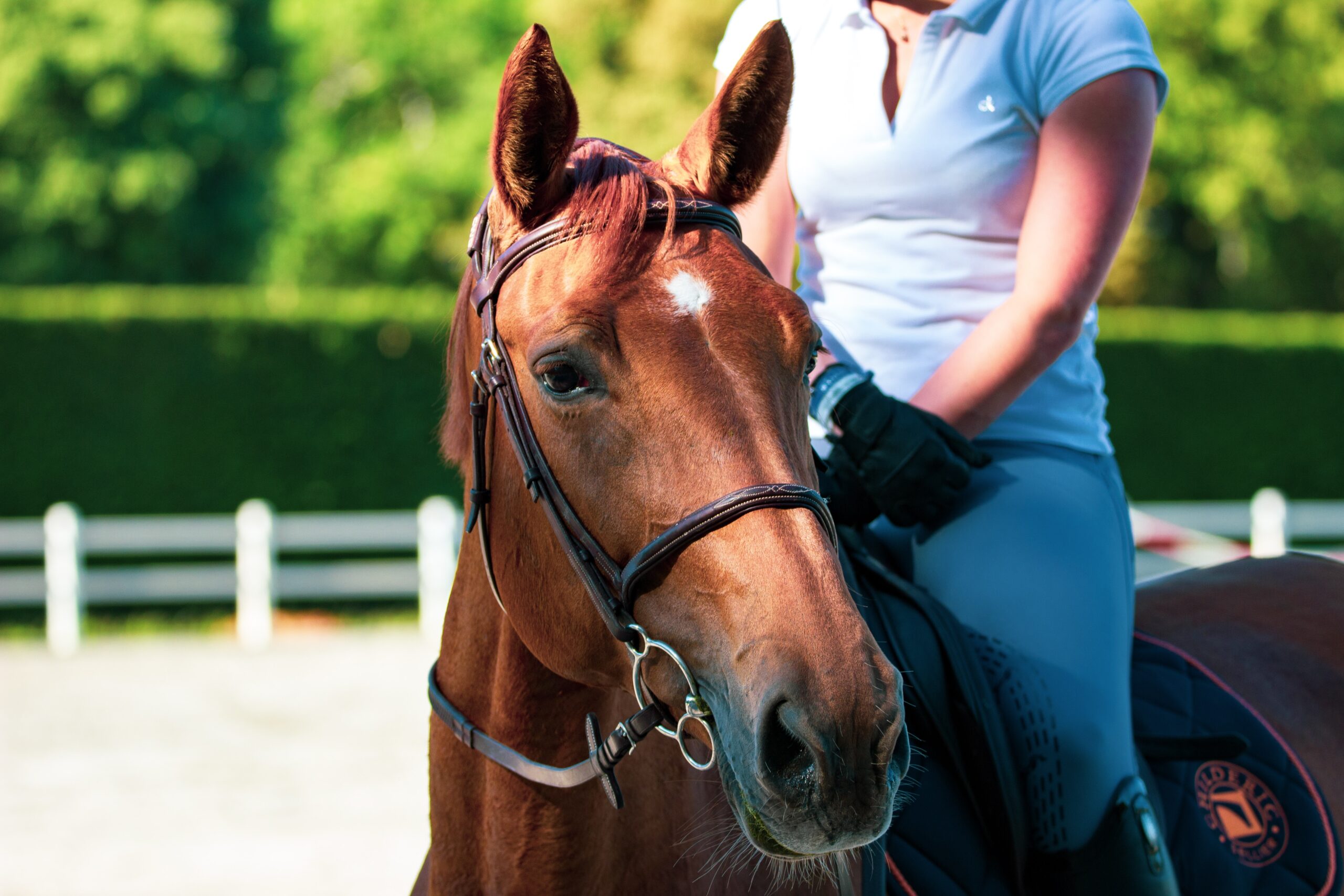Little tern chicks are starting to leave the nest and prepare for their 5000km journey to their West Africa wintering grounds.
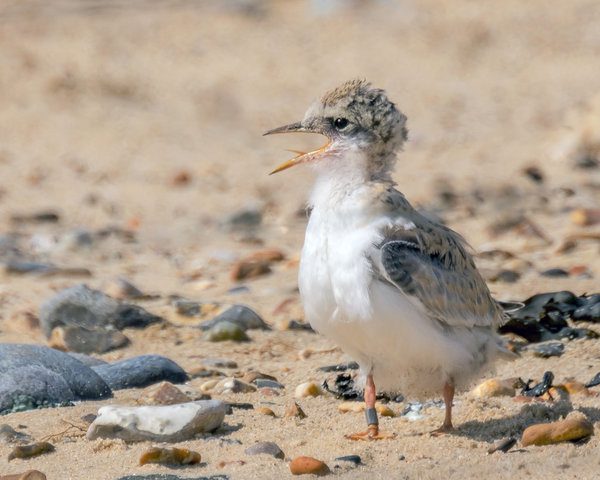
A chick nearly at fledging age. Photo: Lyn Ibbitson-Elks
Little terns are one of the UK’s rarest seabirds, and rely heavily on the east Norfolk coast which supports around 20% of the national population.
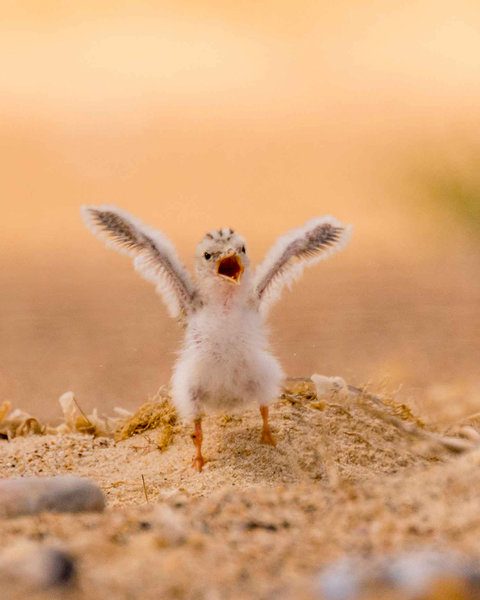
Little tern chicks take their first flight at between 18-21 days old.
Photo: Lyn Ibbitson-Elks
“Like many of us who choose to live near, or holiday by our beautiful beaches, little terns have too realised that east Norfolk is the perfect summer spot,” said RSPB Little Tern Project Officer Emma Witcutt. “However, nesting little terns face lots of challenges on our beaches. High tides, predators, human disturbance, and freak weather can all impact on this specie’s breeding success.
“That’s why it’s so fantastic that we are starting to see this year’s chicks taking their first flight: preparing for the long journey back to West Africa on their own.”
Little tern chicks take their first flight at between 18-21 days old. They then become known as ‘fledglings’. It’s an exciting time for staff and volunteers who have worked on beaches along the east Norfolk coast to protect these birds, and watched them grow.
“I have had the privilege to volunteer on the RSPB Little Tern Project for several years and it is a very special experience,” said RSPB Little Tern Volunteer Lyn Ibbitson-Elk. “These precious little seabirds honour us in Norfolk with their presence for only a few months every year, having flown an astonishing 5,000km.
“It is wonderful to hear their haunting calls, see their aerial displays and if you are lucky, see them plunge dive into the sea for sand eel. We need to do everything we can to preserve our colonies of ‘Little Pickies’ to safeguard their future. They really are a cracking little Norfolk bird!”
To celebrate this exciting time for little terns, here are 7 fun facts about them:
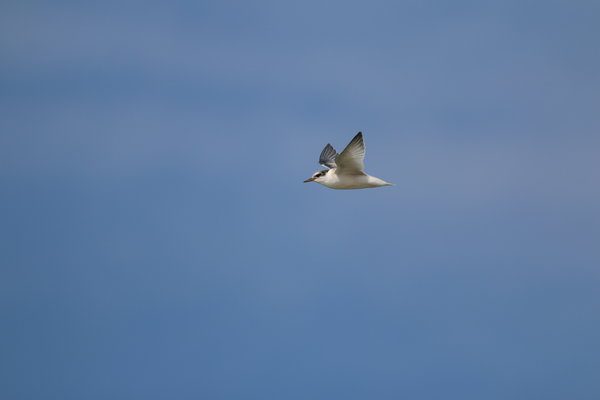
The Norfolk name for the little tern is ‘Little Pickie. Photo: Spinkybird
- Little terns measure less than 25cm in length and weigh about the same as a tennis ball.
- The Norfolk name for the little tern is ‘Little Pickie’, because of the way they skilfully ‘pick’ fish from the sea with their bills.
- They are also picky eaters mainly feeding on sand eels and young herring which they plunge-dive to catch. The number of eggs they lay and the survival of their chicks is largely dependent on food availability.
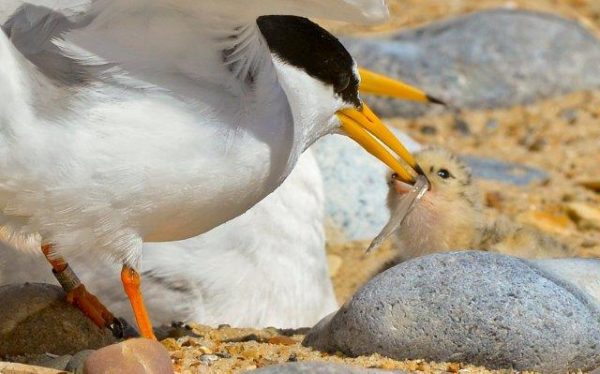
Little terns mainly feed on sand eels and young herring. Photo: Kevin Simmonds
- Food is a big part of the little tern’s elaborate courtship. It involves the male carrying a fish – both in aerial and ground displays. Females seem to respond to long, shiny fish which the males advertise by shaking them from side to side.
- Little terns do not breed until they are at least two years old, spending their first summer in their West African wintering grounds.
- Little terns, as with all the terns that breed in the UK, have forked tails and this, together with their aerial acrobatics, gave them their old name of ‘sea swallows’.
- They are fast and strong flyers and mature adults will have travelled more than 100,000 km between the UK and Africa during their lifespan.



